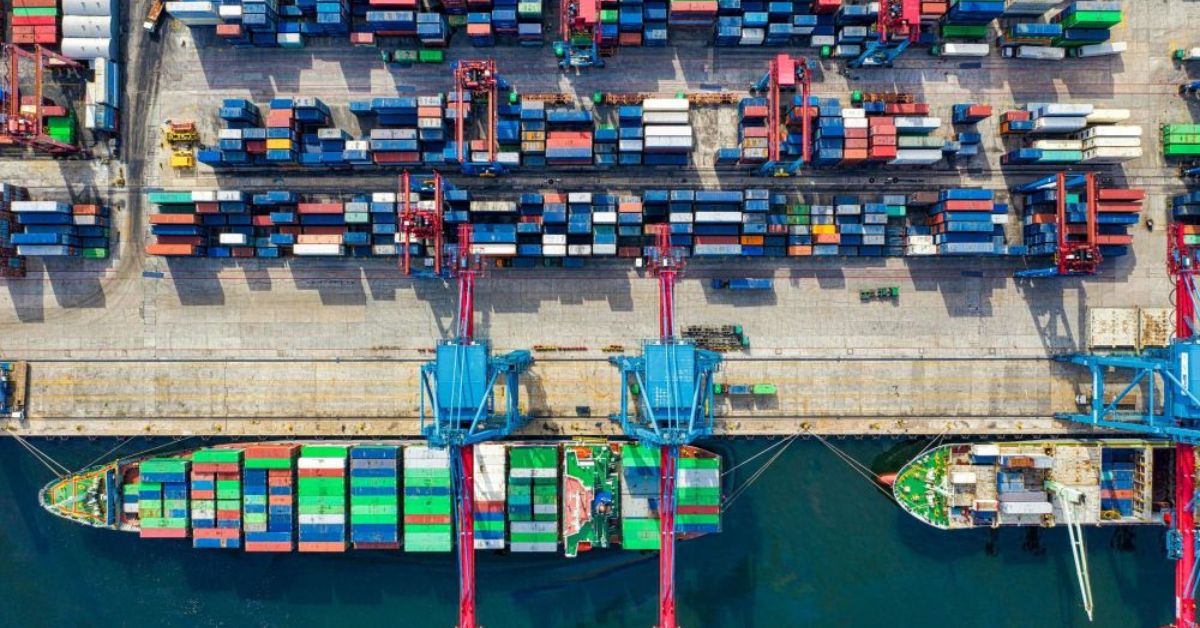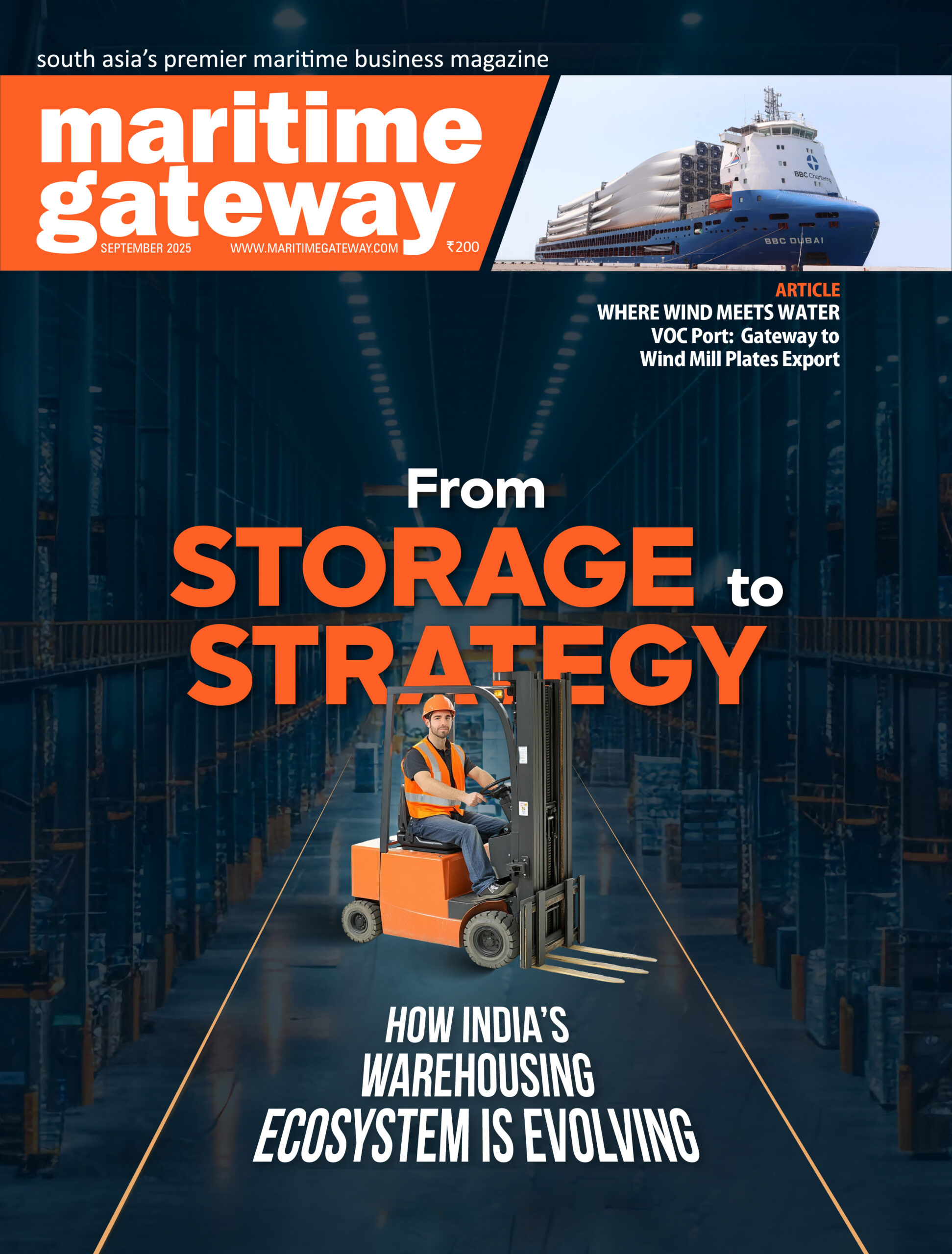The recent inauguration of the Hateco Haiphong International Container Terminal (HHIT) is emblematic of Vietnam’s maritime resurgence. Developed through a strategic collaboration between Vietnam’s Hateco Group and global port operator APM Terminals, the HHIT facility at Lach Huyen Port in Haiphong represents a new chapter in the country’s port modernisation. The terminal, completed in just 30 months, offers two new deep-water berths capable of accommodating ultra-large container vessels of up to 18,000 TEUs. Its inclusion in the Gemini Cooperation network, a new East- West maritime corridor spearheaded by Maersk and Hapag-Lloyd, further signifies the strategic importance of this investment.
On the same day of the terminal’s launch, Hateco and APM Terminals signed a memorandum of understanding to deepen their partnership, signalling plans to expand their collaboration to other logistics hubs across Vietnam. This partnership is anchored in modern port practices, with a focus on safety, automation, artificial intelligence, and decarbonization. HHIT is set to become Vietnam’s first smart port, employing a truck appointment system (TAS) and semi-automated operations to enhance cargo flow and reduce delays.
The port’s operational start is timely, as Haiphong continues to register robust cargo growth. In 2024, Haiphong ports handled 190 million tons of goods, and this figure is expected to reach 212 million tons by the end of 2025. The Lach Huyen port complex, where HHIT is located, is designed to accommodate container ships, bulk carriers, and even large cruise vessels. These capabilities position northern Vietnam as a significant maritime gateway for both international trade and domestic supply chains.
Meanwhile, the logistics sector in Vietnam is riding a parallel wave of transformation. Valued at $48 billion in 2024, the logistics market is expanding at an annual rate of 14 to 16 per cent, more than twice the global average. By 2030, forecasts suggest it could reach $71 billion, driven by digital transformation and infrastructure investments. Companies like Saigon Newport Corporation (SNP) are leading the charge. SNP manages a network of 26 ports and commands over 90 per cent of southern Vietnam’s container import-export market. With innovations such as real-time container tracking, AI-powered virtual assistants, and electronic documentation systems, SNP has significantly optimised port operations and minimised processing time.
Viettel Post, another logistics pioneer, has deployed smart sorting technologies using autonomous guided vehicles (AGVs) and advanced sorting systems, elevating processing capacity to 4 million parcels per day. These innovations position Vietnam’s logistics ecosystem as one of the most tech-adaptive in the region, despite persisting challenges in infrastructure and labour capacity.
However, Vietnam’s rapid trade and logistics expansion has not gone unnoticed by the global powers it trades with. The United States, Vietnam’s largest export market, has imposed a steep 46 percent tariff on Vietnamese imports as part of a broader campaign to balance bilateral trade deficits. With Vietnam’s trade surplus exceeding $123 billion last year, US officials have expressed dissatisfaction with what they perceive as Vietnam’s insufficient reciprocal trade and the use of non-tariff measures.
To pre-empt punitive measures, Vietnam has offered significant concessions. Tariffs on American LNG, automobiles, ethanol, and various agricultural products have been slashed, in some cases by nearly half. These actions are intended not only to improve trade balances but also to signal Hanoi’s willingness to cooperate with Washington. Despite these efforts, the Trump administration remains sceptical. Senior U.S. officials, including Trade Advisor Peter Navarro and Commerce Secretary Howard Lutnick, have accused Vietnam of “non-tariff cheating,” citing its value-added tax regime and the alleged rerouting of Chinese goods through Vietnamese ports to circumvent existing US tariffs.
Vietnam, however, is adamant about maintaining its economic momentum. Prime Minister Pham Minh Chinh has reaffirmed the nation’s GDP growth target of 8 per cent for 2025, framing the current trade tensions as a catalyst for economic restructuring and diversification. During a high-level cabinet meeting, Chinh emphasized the urgency of developing new markets, expanding domestic production capabilities, and strengthening local supply chains. The formation of a dedicated task force to address the tariff situation reflects the government’s proactive approach.
At the heart of this transformation lies a vision to reposition Vietnam as a regional logistics powerhouse. The government has been actively supporting new port developments, such as the Lien Chieu-Da Nang deep-water port in central Vietnam, where Danish logistics giant Maersk is exploring investment opportunities. Maersk, already involved in the Cai Mep-Thi Vai port and the HHIT project, sees Vietnam as a strategic logistics base for Asia.
Finance Minister Nguyen Van Thang has highlighted Vietnam’s commitment to green, smart, and connected infrastructure, urging global investors to participate in large-scale projects like Danang’s planned free trade zone. These developments are not only aimed at reducing logistics costs, which currently stand at 17 per cent of GDP, but also at enhancing Vietnam’s global trade competitiveness.
While Vietnam’s average logistics performance index (LPI) score remains modest at 3.3 out of 5, recent initiatives point to a clear upward trajectory. Nonetheless, the road ahead is complex. The success of Vietnam’s logistics and maritime ambitions will depend on its ability to balance external pressures with internal reforms, invest in digital capabilities, and foster sustainable growth models.
For Vietnam, the challenge is not merely navigating today’s tariff turbulence but building resilience for tomorrow’s global trade realities. The progress made at HHIT and other logistics nodes marks a promising start. The next step is to ensure that these advancements translate into long-term economic strength, regional influence, and global integration.









